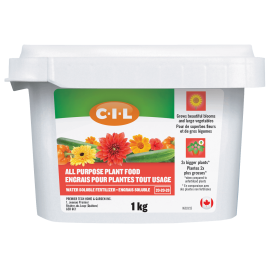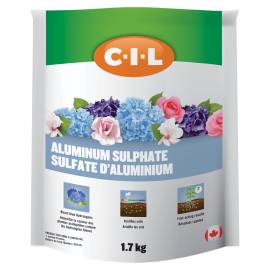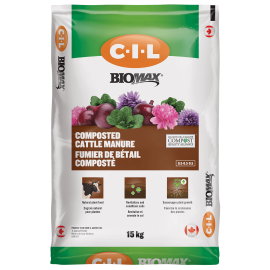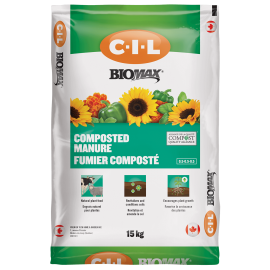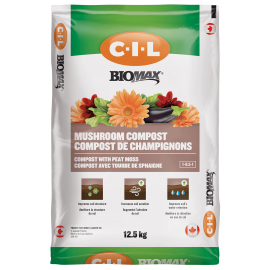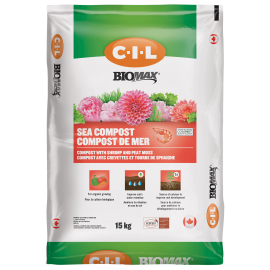Basics of Vegetable Gardening
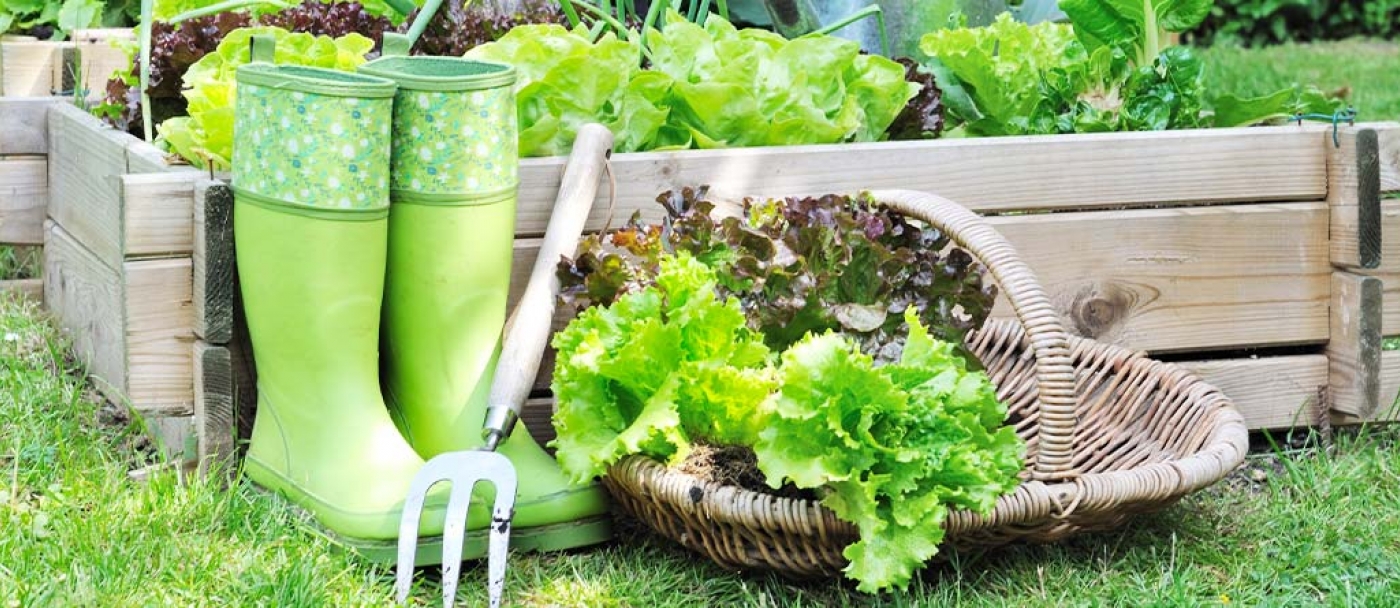
If you’ve never planted a vegetable garden, don’t be intimidated. All you really need to get started is a patch of soil and a few seeds. In a few months, you’ll reap a bountiful harvest of veggies that taste a hundred times better than those from your local supermarket.
Here are the basics:
Location and Preparation
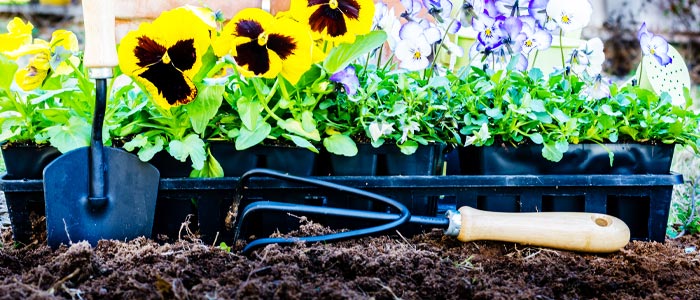
Be sure your garden is near a source of water, and that’s it’s easily accessible. A small garden is best the first year or two, as a too-large garden can be frustrating. A good size for beginners, for instance, is about 5 x 4 meters.
Prepare a spot that receives at least six hours of full sunlight per day, although some veggies, such as spinach and lettuce, can get by with a little less.
The soil in your garden must drain well. Before planting, dig in a generous amount of compost, chopped leaves or other organic material. This is especially important if your soil has a lot of clay or sand.
What to Plant: Easy Vegetables
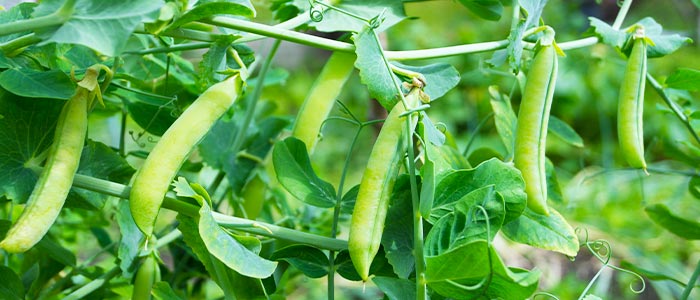
The following vegetables are productive and easy to grow:
- Summer or winter squash
- Bush beans
- Peas
- Carrots
- Beets
- Radishes
- Cucumbers
- Lettuce
- Turnips
- Beets
- Kohlrabi
Planting your Vegetable Garden
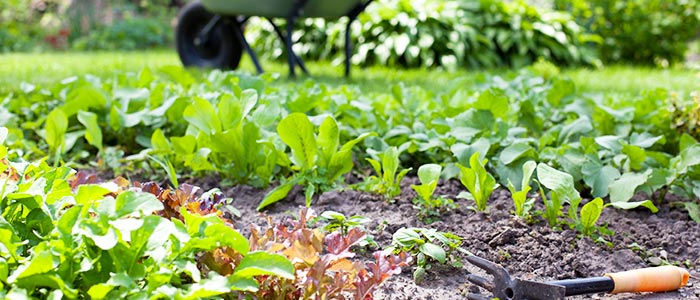
Create rows, using the tip of a hoe. Refer to the seed packet for the depth of the rows, and the distance between rows. In general, allow at least 46 cm between each row to allow space for walking between the rows.
Plant seeds in the rows, again referring to the seed packet for the spacing between each seed. Larger seeds like corn and beans should be planted 5 to 7.5 cm apart while carrots, radishes, and other smaller seeds can be planted much closer.
Water the newly planted garden frequently, using a hose attachment with a spray setting, to keep the soil consistently moist, but not soggy, until the seeds germinate.
Caring for Your Vegetable Garden
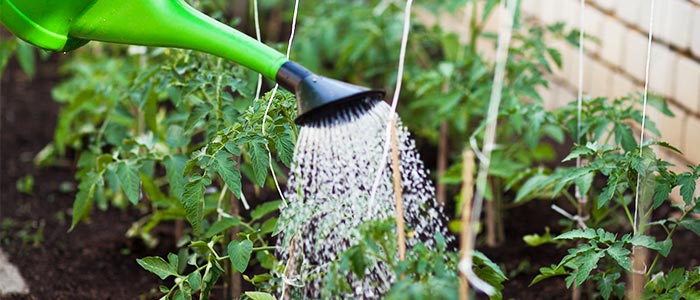
Thinning: Thin vegetable plants when they’re 5 to 7.5 cm tall by removing the weakest seedlings. Don’t pull the seedlings, which may inadvertently loosen neighboring seedlings that you intend to keep. Instead, use scissors or your fingernails to snip them at ground level. The seed packet will provide information about spacing, but in general, consider the mature size of the vegetable, then leave about 5 cm on each side.
Fertilizer: Begin feeding your veggies lightly four to six weeks after planting, using a vegetable and herb mix or an organic fertilizer according to recommendations on the container. Never apply more fertilizer than necessary; too much is always worse than not enough.
Water: Once established, most vegetables need about 2.5 cm of water per week, either through rainfall or supplemental irrigation. Water only when the top of the soil is dry, as plants may rot in consistently soggy soil.
Weeds: Keep weeds in check, using a hoe to carefully cultivate the top 2.5 cm of soil. Don’t allow weeds to get the upper hand; they will rob moisture and nutrients from the vegetable plants.
